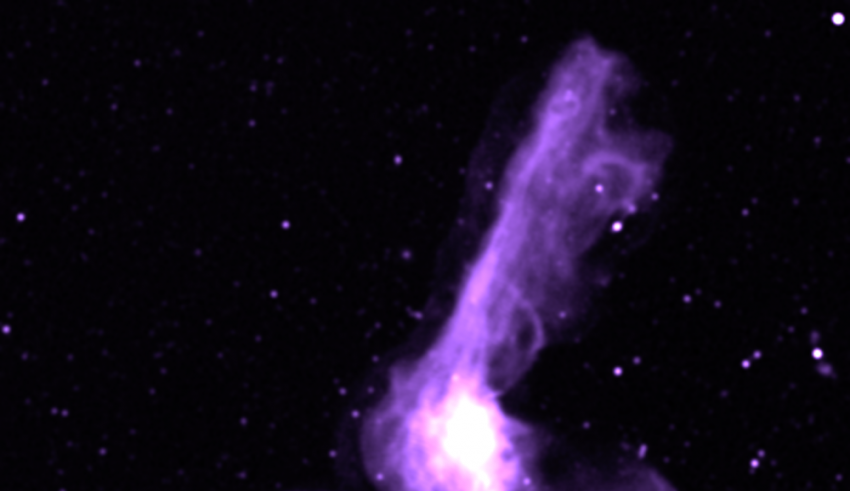
Astronomers have found six galaxies lying around a supermassive black hole when the Universe was less than a billion years old. This is the first time such a close grouping has been seen so soon after the Big Bang.

Images of the Milky Way, California nebula and Andromeda galaxy are among the winners of the Insight Investment astronomy photographer of the year award.

Scientists were surprised to find that this tenuous, nearly invisible halo of diffuse plasma extends 1.3 million light-years from the Andromeda galaxy and as far as 2 million light-years in some directions.

Using known distances of 50 galaxies from Earth to refine calculations in Hubble's constant, astronomers estimates the age of the universe at 12.6 billion years, different to the value of 13,8 billion years.

The prominent X-shape of PKS 2014-55 is made up of two pairs of giant lobes consisting of hot jets of electrons. These jets spurt outwards from a supermassive black hole at the galaxy's heart.

Giant elliptical galaxies are not as likely as disk-shaped galaxies, such as our own Milky Way, to be cradles of technological civilizations, according to a recent U.S. paper.

The universe is full of billions of galaxies. Why do we see so much structure in the universe today? A 10-year survey of tens of thousands of galaxies has provided a new approach to answering this fundamental mystery.

30 years ago the Hubble Space Telescope blasted off the launch pad aboard the space shuttle Discovery, ushering in a new era for astronomy that has transformed our understanding of the Universe around us.

A new model suggests the Milky Way should have an additional 100 or so very faint satellite galaxies awaiting discovery.

Scientists using the Hubble Space Telescope have detected quasars sending outbursts of energy roaring through their galaxies, according to new research.

The largest spiral galaxy in the local universe UGC 2885, is 2.5 times wider than the Milky way and hosts a trillion stars, 10 times more than Earth’s galactic home. UGC 2885 is located some 232 million light years away in the constellation Perseus.

Astronomers have spotted an unusually distant star-forming galaxy, the light of which took a whopping 13 billion years to reach Earth. Perhaps most incredibly, however, the galaxy was observed directly, without gravitational lensing.

Extensive observations indicated the presence of three supermassive back holes in the three galaxies NGC 6240 that are the process of merging. Up until now, such a concentration of supermassive black holes had never been discovered in the universe.

Scientists have been gathering a growing well of evidence that our universe may be connected via a vast array of large-scale "structures" that seem to reach out across the cosmos to synchronize the movements of galaxies that are separated by vast distances.

The new observations show a mega-structure being assembled in a system called Abell 1758, located about three billion light-years from Earth. It contains two pairs of colliding galaxy clusters that are heading toward one another.